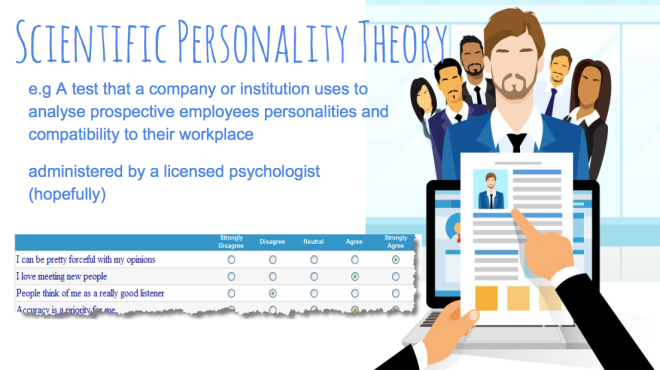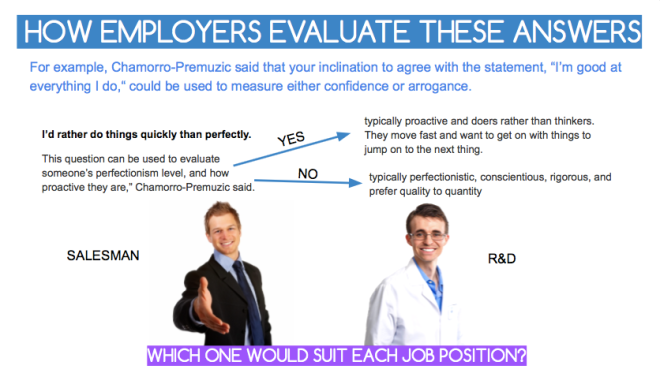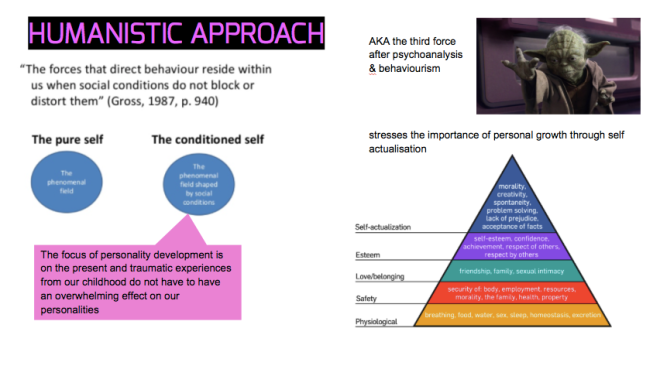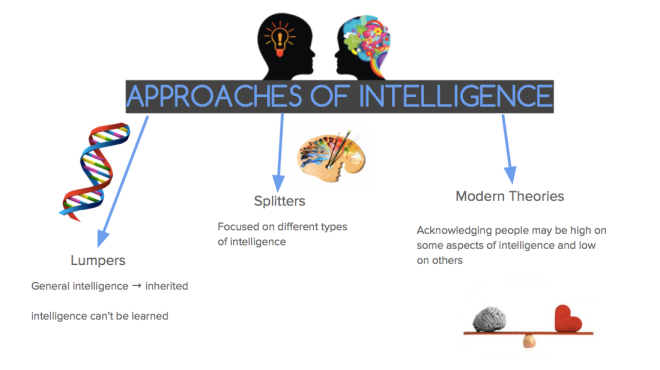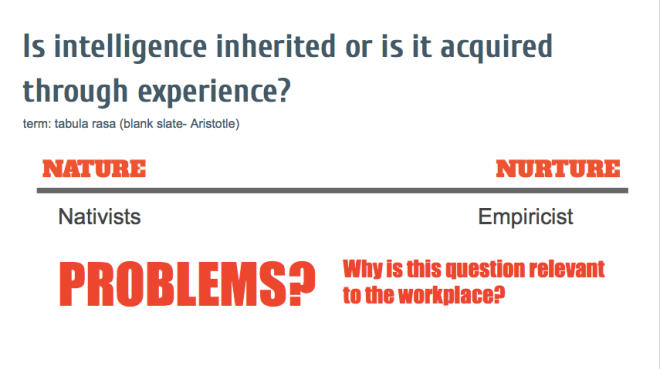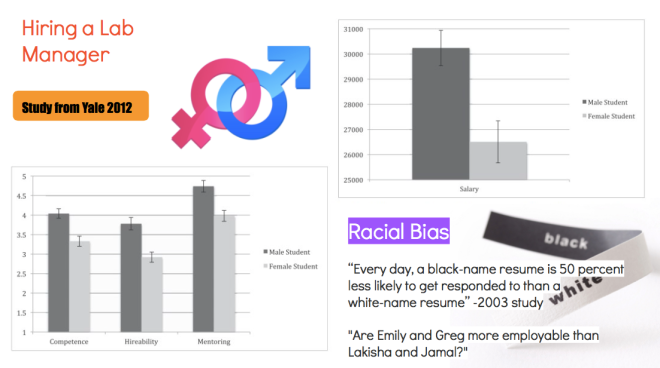3.) Do you think leaders are born or made?

Which came first the chicken or the egg? To be or not to be? Nature versus Nurture?
Leaders are born not made:
The Great Man and Genetic Trait theories believe that qualities are inherited, and therefore people are born to be better at certain tasks and roles than others. This applies itself to a position of leadership. To say that people aren’t born without extra talent in some abilities is to say that everyone is born with an equal amount and level of traits (tabula rasa). There is a predisposition of characteristics that one is born with, different to the experience of “learning” or “mastering a skill”. The same way that individuals are born with natural talents in the arts, music, athletics, sciences etc, some are also born with a natural gift in leadership.
Leaders are made not born:
On the other hand, Behavioural Theorists, believe that we can become great leaders through our experiences and conditioning. This is to say that the skills involved in leadership can be learned, practiced, and developed. “Good leaders seek pout development opportunities that will help them improve and develop new skills.” The military for example, emulates this through its leadership training programme.
So the question is, can a class on leadership make someone a leader? Is charisma,influence, and the ability to inspire something that can be taught?
I personally think it can to some extent. Although these soft skills and characteristics are often evident naturally, I think its something that can be worked towards when the individual embraces and observes these qualities in others. Perhaps it involves some genetic and innate characteristics, but it can be enhanced through experiences.
BALANCE?
I would argue that leadership is not a science, but an art form; it requires a set of innate traits that can be amplified and refined with the right education, and experience. However, all the books and classes cannot flip a follower into a great leader.
Often times, environmental and situational conditions can contribute to this. Being in the right place at the right time is very important in this case; the right conditions have to be at play in order for a person to demonstrate and shine their leadership talents. A person born into a poor socio economic condition may not have had the same opportunity to lead a school club the way a wealthy one was. His or her educational environment may not have had the proper structure to provide a leadership experience for him.
Leaders are also in their position due to choice. A leader is one who takes responsibility and steps up to the plate for a challenge. A follower would never do this, as they would rather be hidden in the crowd. In this way it is to some extent a trait of a psychological characteristic that can both come from an innate predisposition or a quality gained through experiences.
Leadership is often a Choice. A leader is a person who comes forward to take the challenge. If a leader rises up from the multitude, then that person was already a leader to begin with. Should someone have all the best training, nurturing and opportunities, but would rather be hidden in the crowd, an unwilling participant…not a leader.
The best estimates offered by research is that leadership is about one-third born and two-thirds made.



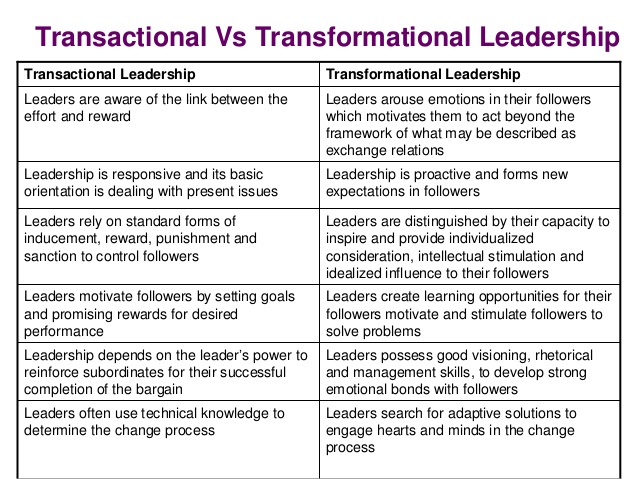

 “Ask a four year old: can you say the word “banana” without the buh? or say, Listen to the following three sounds: cuh, ah and tuh. Can you combine them into “cat”? Or take “cat,””hat,” and “dark”. Which one of those words doesn’t rhyme? Easy questions for most four year olds. Really hard questions for dyslexics.”
“Ask a four year old: can you say the word “banana” without the buh? or say, Listen to the following three sounds: cuh, ah and tuh. Can you combine them into “cat”? Or take “cat,””hat,” and “dark”. Which one of those words doesn’t rhyme? Easy questions for most four year olds. Really hard questions for dyslexics.”
 “If I could read a lot faster, it would make a lot of things that I do easier. There is no doubt about that. But on the other hand, not being able to read a lot and learning by listening and asking questions means that i need to simplify issues to their basics. And that is very powerful, because in trial cases judges and jurors don’t have the time or ability to become an expert in the subject. One of my strengths is presenting a case that they can understand.”
“If I could read a lot faster, it would make a lot of things that I do easier. There is no doubt about that. But on the other hand, not being able to read a lot and learning by listening and asking questions means that i need to simplify issues to their basics. And that is very powerful, because in trial cases judges and jurors don’t have the time or ability to become an expert in the subject. One of my strengths is presenting a case that they can understand.”


